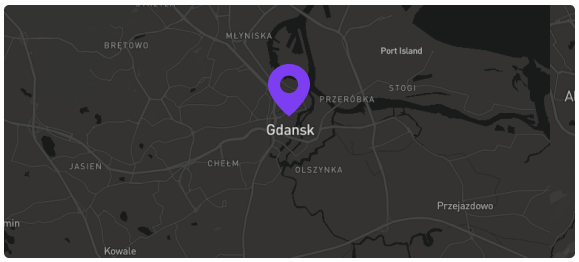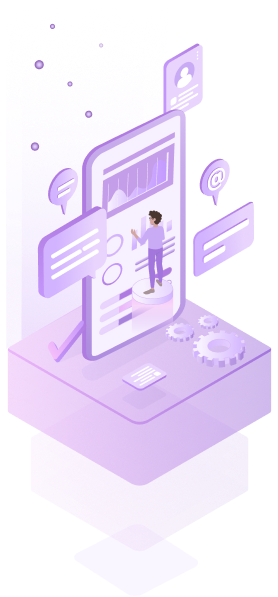
No man is an island. Everyone needs a team. The development team in Scrum is a self-organizing, cross-functional team that creates a potentially marketable version of a product after each iteration. The team size is 3-9 members. A group of fewer than three people doesn’t need such an approach to be applied. At the same time, a team of more than nine members will have problems with coordination and interaction.
There is only one role inside the team – a developer. No other positions, functions, or sub-teams are required.
But why is that and who is the Developer?
We often think that developer is a programmer. That’s not entirely true. MacMillan vocabulary, for example, gives a broader understanding of the term – someone whose job is to create new ideas and products. Scrum says that the developer is one of the product creators.
Sometimes you can read in the media: Developers accelerated using Scrum, which led to failures in QA work. But this situation has nothing to do with Scrum because, according to this approach, the team should issue a potentially ready-to-sell product, not a piece of code that requires testing. Testing and deployment are included in the concept of a ready-to-sell product and must be performed within the team. Here we go to the following term.
Cross-functional team

A cross-functional team is a team that has all the knowledge and skills necessary to create a ready-to-sell product. When it comes to software production, the development team in Scrum consists of designers, analysts, programmers, testers, DevOps-engineers, etc. In other words, all that’s necessary to complete the task. If some specialists are not in the team, there is a need to refer to external resources working by the different rules. At this point, the development slows down or stops. If a team is entirely autonomous, both in knowledge and authority, it can work at its own pace, and the result depends only on the team. If a Scrum team of developers depends on external people with other goals, priorities, and rules, it will be tough to achieve an effective result. The autonomy in a decision is provided by the product owner, the independence in skills is provided by the team’s cross-functionality.
Here we face the contradiction:
- We need a team of people with all the skills.
- The team size is from 3 to 9 people, otherwise communication suffers.
Moreover, people can get sick, go on vacation. Skill overlap is required. So, what do we do? To resolve this contradiction, it is necessary that people not only perform one task but can help other team members. Instead of narrowly targeted specialists (I-Shaped people), the team requires people with broad qualifications, T-shaped personalities (T-Shaped people or generalists). Scrum does not need all people to be T-Shaped and has all the skills. All the necessary skills must be inside the Scrum development team. And it’s up to the team to decide what combination of people and skills is needed to achieve this.
Cross-functionality, small team size, broad skills, substitutability, and focus on the product as a general result lead to the absence of positions or roles within the team. Such division will bring in problems rather than help the development team in Scrum.
Without the posts, but with overlapping and helping each other, the team begins to decide how it works better. A self-organizing team appears – the group can choose how to manage its daily tasks — the collective mind, which is more potent than the individual.
Are you looking for an offshore team of reliable and laid-back folks who require literally no supervision, just like your friendly neighborhood development center across the street? Look no further and get in touch now.


